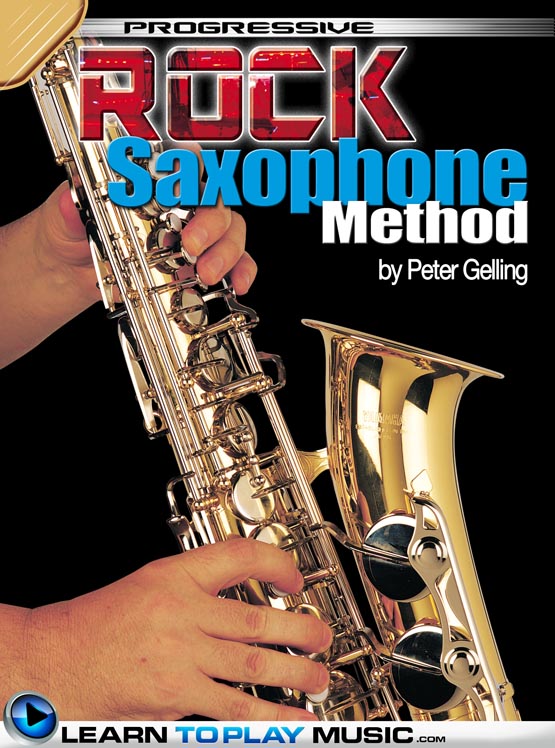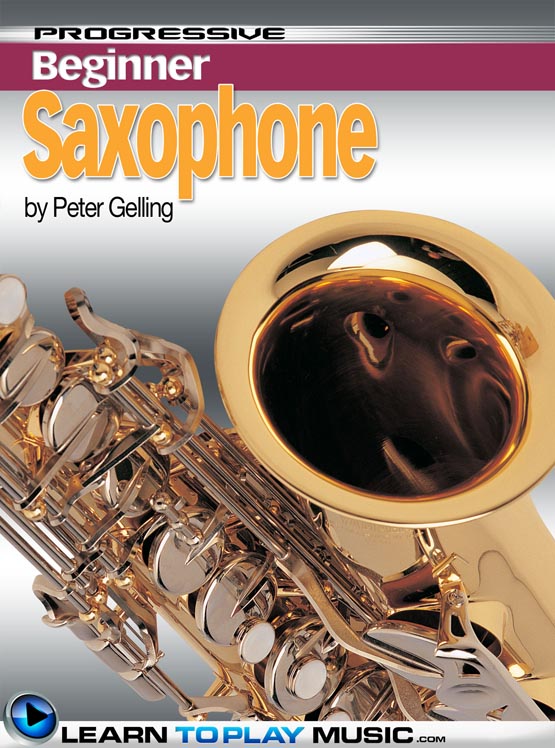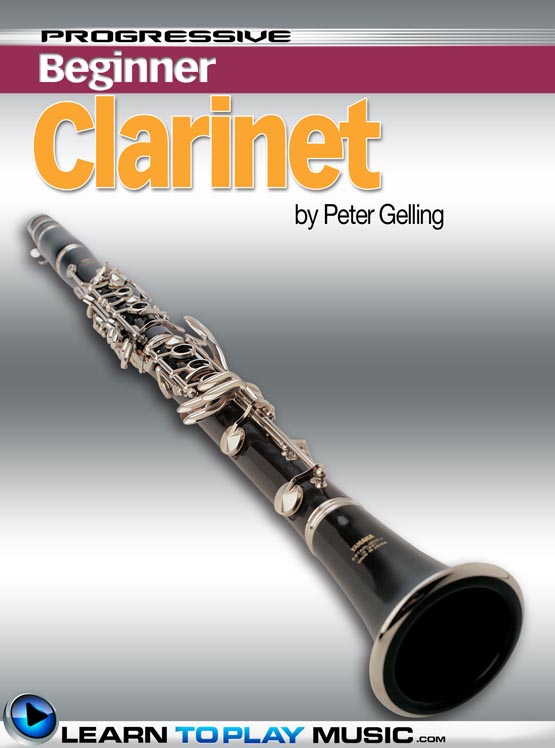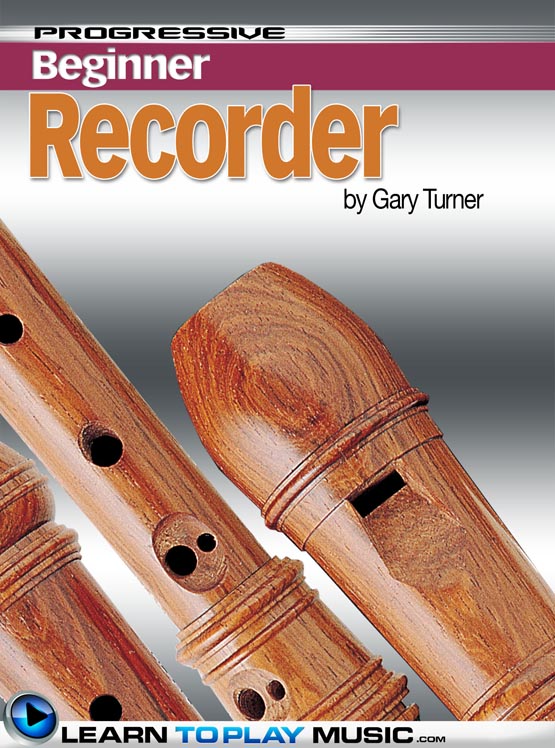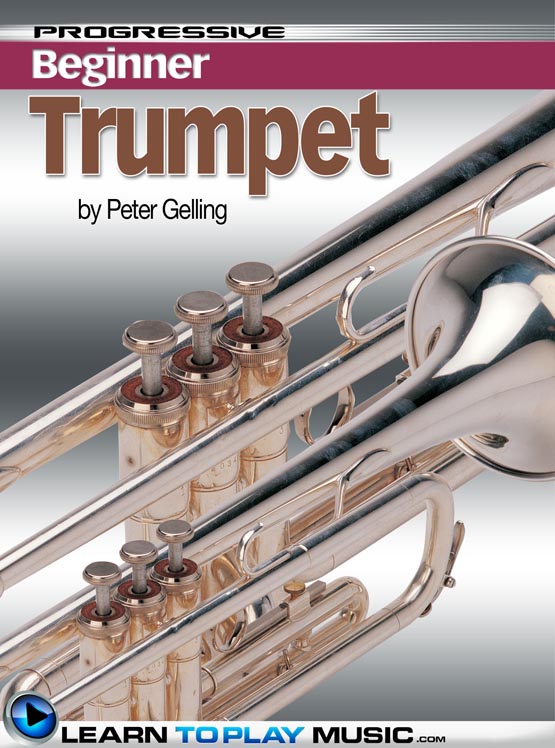
GLOSSARY OF MUSICAL TERMS
Accidental — a sign used to show a temporary change in pitch of a note (i.e., sharp #, flat b, double sharp X, double flat bb, or natural @). The sharps or flats in a key signature are not regarded as accidentals.
Ad lib — to be played at the performer’s own discretion.
Anacrusis — a note or notes occurring before the first bar of music (also called "lead-in" notes).
Arpeggio — the playing of a chord in single note fashion.
Bar — a division of music occurring between two bar lines (also called a "measure").
Bar line — a vertical line drawn across the staff which divides the music into equal sections called bars.
Chord — a combination of three or more different notes played together.
Chord progression — a series of chords played as a musical unit (e.g., as in a song).
Chromatic scale — a scale ascending and descending in semitones.
e.g., C chromatic scale:
Common time — and indication of * time — four quarter note beats per bar (also indicated by Q)
D.C. al fine — a repeat from the sign (indicated thus V) to the word "fine".
Duration — the time value of each note.
Dynamics — the varying degrees of softness (indicated by the term "piano") and loudness (indicated by the term "forte") in music.
Eighth note — a note with the value of half a beat in * time, indicated thus 5 (also called a quaver).
Eighth rest — indicating half a beat of silence is written:j
Enharmonic — describes the difference in notation, but not in pitch, of two notes, e.g.:
First and second endings — signs used where two different endings occur. On the first time through ending one is played (indicated by the bracket Z); then the progression is repeated and ending two is played (indicated X).
Harmony — the simultaneous sounding of two or more different notes.
Improvise — to perform spontaneously, i.e., not from memory or from a written copy.
Interval — the distance between any two notes of different pitches.
Key — describes the notes used in a composition in regards to the major or minor scale from which they are taken; e.g., a piece "in the key of C major" describes the melody, chords, etc., as predominantly consisting of the notes, C, D, E, F, G, A, and B — i.e., from the C scale.
Key signature — a sign, placed at the beginning of each stave of music, directly after the clef, to indicate the key of a piece. The sign consists of a certain number of sharps or flats, which represent the sharps or flats found in the scale of the piece’s key, for example:
indicates a scale with F# and C#, which is D major; D E F# G A B C# D. Therefore the key is D major (or its relative minor, Bm).
Lead-In — same as anacrusis (also called a pick-up).
Ledger lines — small horizontal lines upon which notes are written when their pitch is either above or below the range of the staff, e.g.,
Legato — smoothly, well connected.
Major scale — a series of eight notes in alphabetical order based on the interval sequence tone - tone - semitone - tone - tone - tone - semitone, giving the familiar sound do re mi fa so la ti do.
Melody — a succession of notes of varying pitch and duration, and having a recognizable musical shape.
Metronome — a device which indicates the number of beats per minute, and which can be adjusted in accordance to the desired tempo.
e.g., MM (Maelzel Metronome) 3 = 60 — indicates 60 quarter note beats per minute.
Natural — a sign (@) used to cancel out the effect of a sharp or flat. The word is also used to describe the notes A, B, C, D, E, F and G; e.g., "the natural notes".
Note — a single sound with a given pitch and duration.
Octave — the distance between any given note with a set frequency, and another note with exactly double that frequency. Both notes will have the same letter name;
Pitch — the sound produced by a note, determined by the frequency of the string vibrations. The pitch relates to a note being referred to as "high" or "low".
Repeat signs — in music, used to indicate a repeat of a section of music, by means of two dots placed before a double bar line:
In chord progressions, a repeat sign C, indicates an exact repeat of the previous bar.
Semitone — the smallest interval used in conventional music. On guitar, it is a distance of one fret.
Sharp — a sign (#) used to raise the pitch of a note by one semitone.
Staccato — to play short and detached. Indicated by a dot placed above or below the note:cx
Staff — five parallel lines together with four spaces, upon which music is written.
Syncopation —displacing the normal flow of accents in music. Usually from on the beat to off the beat.
Tempo — the speed of a piece.
Tie — a curved line joining two or more notes of the same pitch, where the second note(s) is not played, but its time value is added to that of the first note.
Timbre — a quality which distinguishes a note produced on one instrument from the same note produced on any other instrument (also called "tone color"). A given note on the guitar will sound different (and therefore distinguishable) from the same pitched note on piano, violin, flute etc. There is usually also a difference in timbre from one guitar to another.
Transposition — the process of changing music from one key to another.
Keys and Key Signatures
When music is said to be in a particular key, it means that the melody is based upon notes of the major scale (or minor scale) with the same name e.g., in the key of C, C major scale notes (i.e., C, D, E, F, G, A and B) will occur more frequently than notes that do not belong to the C scale (i.e., sharpened and flattened notes).
In the key of G, G scale notes will be most common (i.e., the notes G, A, B, C, D, E and F# will occur frequently). You will notice here that F# occurs rather than F natural. However, rather than add a sharp to every F note, an easier method is used whereby a sharp sign is placed on the F line (the top one) of the staff at the beginning of each line. This is referred to as the key signature: thus the key signature of G major is F#.
Shown here are the key signatures for all major scales so far discussed.
It can be seen, then, that each key signature is a shorthand representation of the scale, showing only the sharps or flats which occur in that scale. Where an additional sharp or flat occurs, it is not included as part of the key signature, but is written in the music, e.g., in the key of G, if a D# note occurs, the sharp sign will be written immediately before the D note, not at the beginning of the line as part of the key signature.
Relative Keys
If you compare the A natural minor scale with the C major scale you will notice that they contain the same notes (except starting on a different note). Because of this, these two scales are referred to as "relatives"; A minor is the relative minor of C major and vice versa.
Major Scale: C Major
Relative Minor Scale: A Minor (natural)
The harmonic and melodic minor scale variations are also relatives of the same major
scale, e.g., A harmonic and A melodic minor are
relatives of C major.
For every major scale (and even major chord)
there is a relative minor scale which is based upon the 6th note of the
major scale. This is outlined in the table as follows:
Both the major and the relative minor share the same key signature, as illustrated in the examples as shown:
The sharpened 7th note that occurs in the relative minor key is never included as part of the key signature. Because each major and relative minor share the same key signature, you will need to know how to distinguish between the two keys. For example, if given a piece with the key signature of F# thus:
It could indicate either the key of G major or its relative, E minor. The most accurate way of determining the key is to look through the melody for the sharpened 7th note of the E minor scale (D#). The presence of this note will indicate the minor key. If the 7th note is present, but not sharpened, then the key is more likely to be the relative major (i.e., D natural notes would suggest the key of G major).
Another method is to look at the first and last chords of the progression. These chords usually (but not always) indicate the key of the piece. If the piece starts and/or finishes with Em chords then the key is more likely to be E minor.
Playing in All Keys
After you have learned all the key signatures, it is a good idea to practice playing in every key. If you are playing with a singer, you will have to play songs in whatever key suits their particular voice. That could be F# or Db for example. Keyboard players tend to like the keys of C, F and G, while E and A are fairly common keys for guitar. Horn players like flat keys such as F, Bb and Eb. So you can see it is essential to learn to play equally well in every key.
A good way to learn to play in all keys is to use the key cycle (also called the cycle of 5ths or cycle of 4ths). It contains the names of all the keys and is fairly easy to memorize.
Think of the key cycle like a clock. Just as there are 12 points on the clock, there are also 12 keys. C is at the top and it contains no sharps or flats. Moving around clockwise you will find the next key is G, which contains one sharp (F# ). The next key is D, which contains two sharps (F# and C# ).
Progressing further through the sharp keys each key contains an extra sharp, with the new sharp being the 7th note of the new key, the other sharps being any which were contained in the previous key. Therefore the key of A would automatically contain F# and C# which were in the key of D, plus G# which is the 7th note of the A major scale.
As you progress around the cycle, each key introduces a new sharp. When you get to F# (at 6 o’clock), the new sharp is called E# which is enharmonically the same as F. Remember that enharmonic means two different ways of writing the same note. Another example of enharmonic spelling would be F# and Gb. This means that Gb could become the name of the key of F#. The key of F# contains six sharps, while the key of Gb contains six flats.
If you start at C again at the top of the cycle and go anti-clockwise you will progress through the flat keys. The key of F contains one flat (Bb), which then becomes the name of the next key around the cycle. In flat keys, the new flat is always the 4th degree of the new key. Continuing around the cycle, the key of Bb contains two flats (Bb and Eb) and so on.
More titles by LearnToPlayMusic.com
Progressive Rock Saxophone Method
For Beginner to Advanced Students
Specifically designed for students wishing to play Rock sax,either in a group or solo for fun. The emphasis is on making music immediately. Covers a variety of sounds, rhythms and techniques essential to Rock playing. Also contains lessons on transposing, playing in all keys and improvisation. Anyone who completes this book will be well on the way to becoming an excellent Rock sax player
Progressive Beginner Saxophone
For Beginning Saxophonists
A great introduction to the fundamentals of Saxophone playing and understanding music. All examples sound great and are fun to play. Covers a variety of styles including Rock, Jazz, Blues, Pop and Classical, along with an introduction to improvising.
Progressive Beginner Clarinet
For Beginning Clarinet Players
A great introduction to the fundamentals of Clarinet playing and understanding music. All examples sound great and are fun to play. Covers a variety of styles including Classical, Jazz, Blues, Pop and Rock, along with an introduction to improvising.
Progressive Beginner Recorder
For Beginning Recorder Players
A great introduction to the fundamentals of Recorder playing and understanding music. All examples sound great and are fun to play. Covers a variety of styles including Classical, Jazz, Blues, Pop and Rock in four major keys and three minor keys.
Progressive Beginner Trumpet
For Beginning Trumpet Players
A great introduction to the fundamentals of Trumpet playing and understanding music. All examples sound great and are fun to play. Covers a variety of styles including Rock, Jazz, Pop, Classical, and Blues, along with an introduction to improvising.
